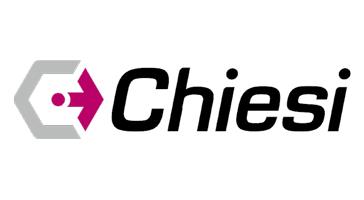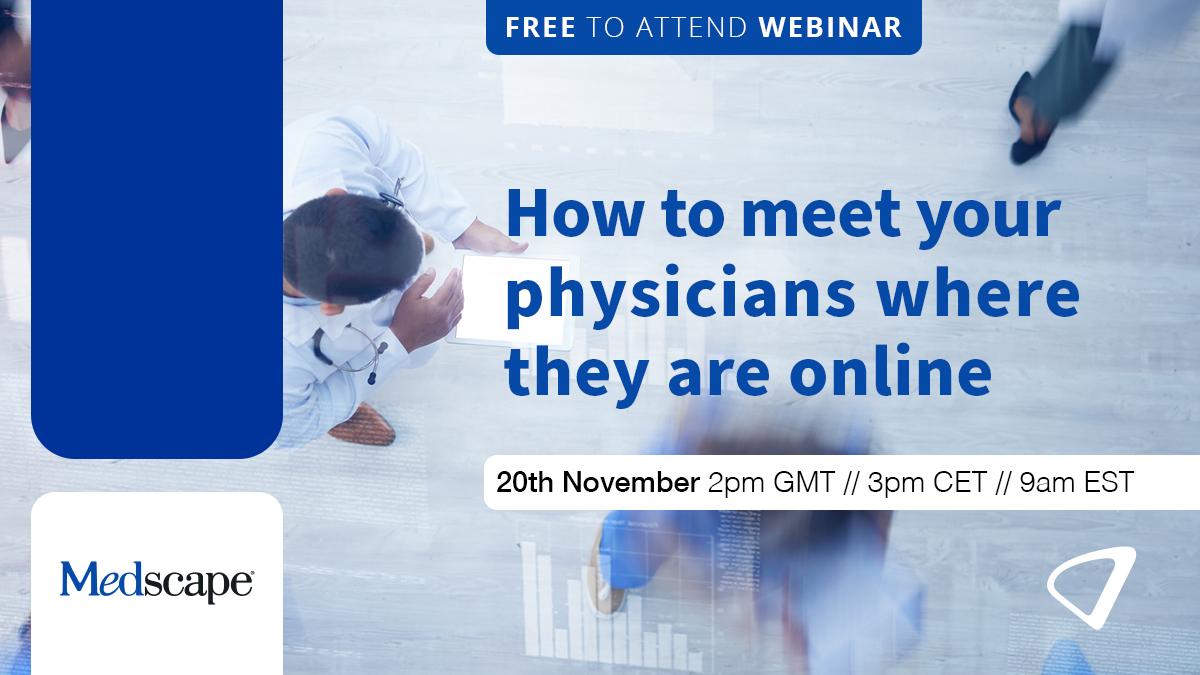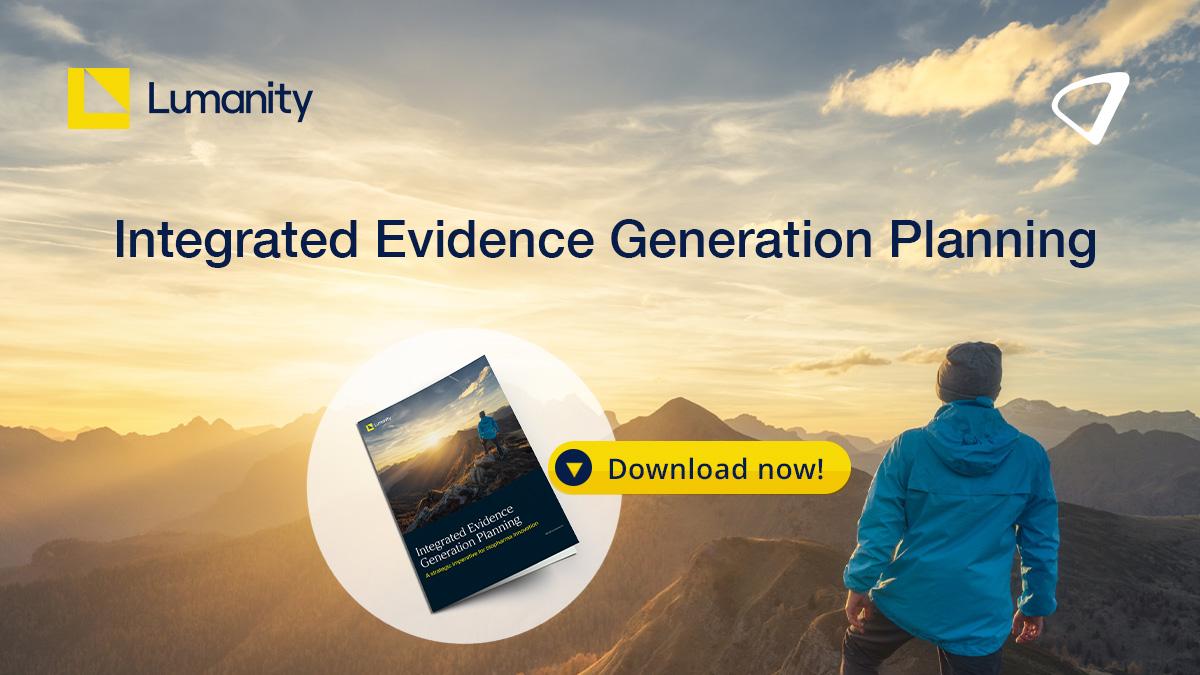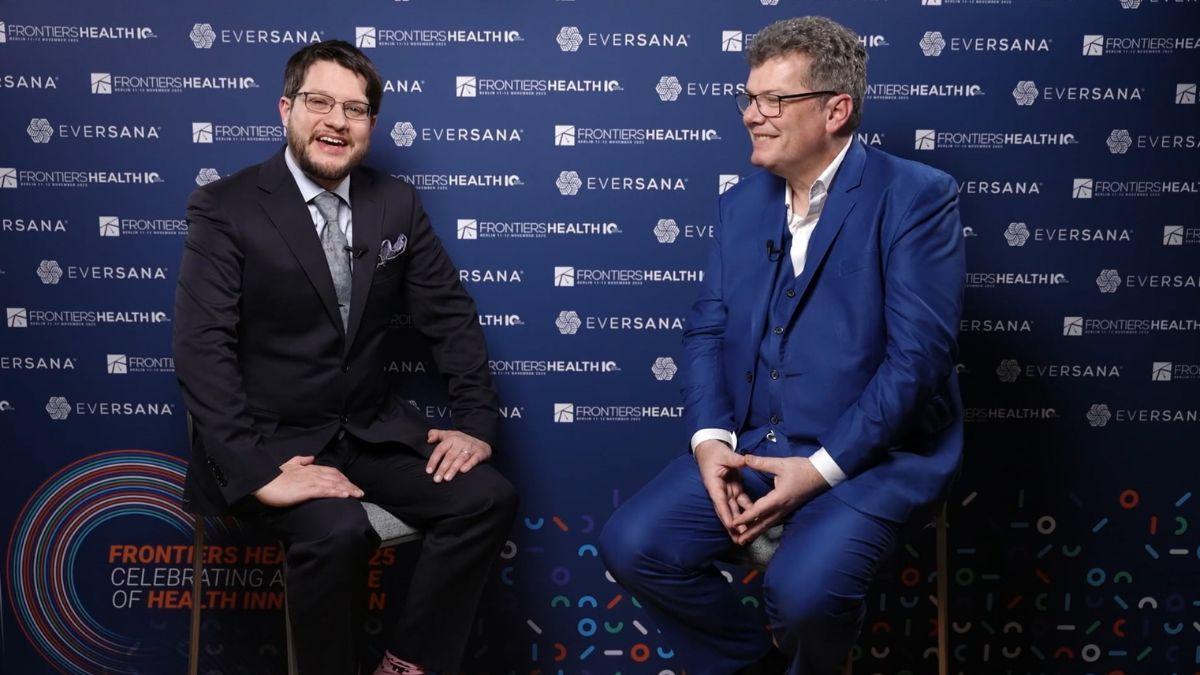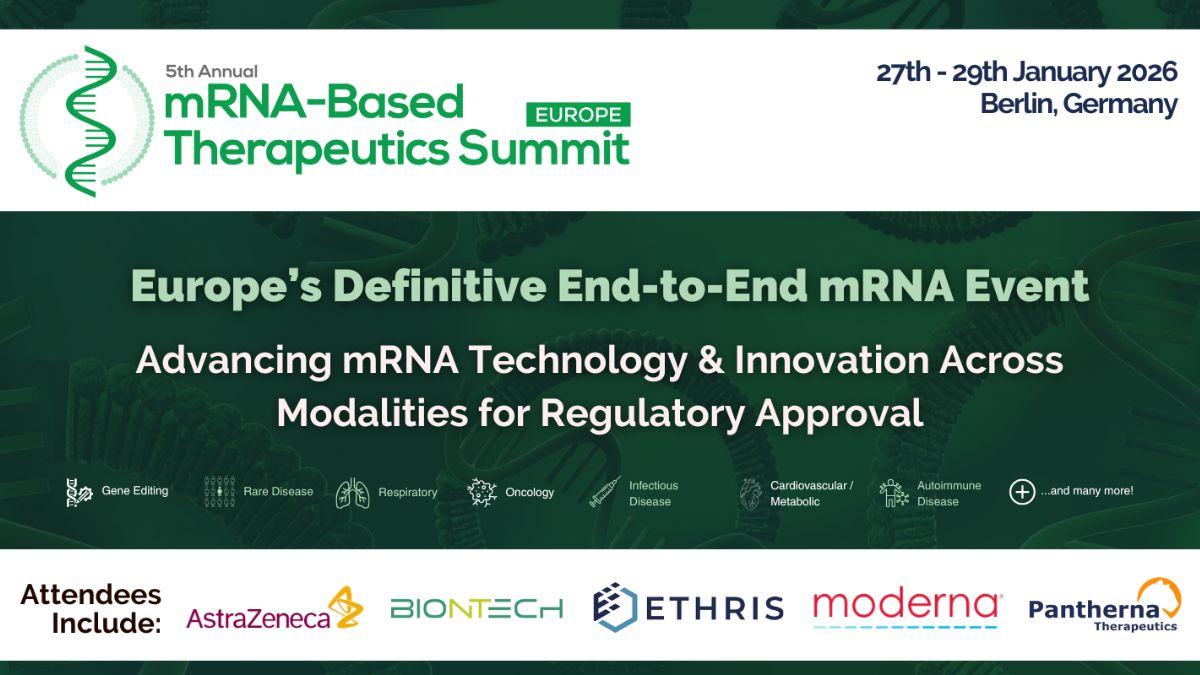Digital health technologies and rare diseases: Enhancing the patient care journey across Europe

This pre-recorded webinar was fully funded by Chiesi GRD and hosted by pharmaphorum. Professor Maurizio Scarpa received an honorarium for his participation and contribution to this webinar. The speakers, Professor Alberta Spreafico and Alessandra Vignoli, are full-time employees of EVERSANA and Chiesi GRD, respectively.
In this webinar – ‘Enabling Digitally Enhanced Care for Rare Diseases in Europe: Integrating AI and Connected Care Technologies in Lysosomal Storage Disorder Patient Journeys’ – a panel of experts came together to discuss a pioneering initiative led by Professors Maurizio Scarpa and Alberta Spreafico.
Prof Maurizio Scarpa is the coordinator of metabERN and directs the Regional Coordinator Centre for Rare Diseases at the University Hospital of Udine in Italy. Prof Alberta Spreafico, meanwhile, is a recognised digital health and health policy expert, serving as Senior Vice President of Health Innovation at EVERSANA, adjunct professor at the University of Pavia, and academic fellow at SDA Bocconi, where she focuses specifically on health policy and innovation research and education. They were joined by Alessandra Vignoli, Vice President of Regional Portfolio Strategy AIM at Chiesi Global Rare Diseases,.
In collaboration with a diverse group of expert healthcare professionals, digital health experts and patient associations, the project explores the integration of digital health innovations, ranging from AI to telemedicine, digital medical devices, and other connected care technologies into care pathways for Lysosomal Storage Disorders (LSDs) across Europe. The initiative aims to evaluate the potential suitability and impact of these innovations to enhance care, highlighting the need for continued generation of high-quality clinical evidence, assessment of health economic impacts, multi-stakeholder engagement, policy innovation, and awareness and education.
DHTs for rare diseases: Addressing unmet needs across borders
Lysosomal Storage Disorders present significant challenges, including delayed diagnoses, fragmented care pathways, and limited access to specialist care. Digital health technologies (DHTs) offer an opportunity to address the as-yet-unmet needs of LSD patients by enabling earlier intervention, enhancing care coordination, and empowering patients themselves and their healthcare providers with innovative tools. As health policies evolve to envision the integration of digital health technologies into healthcare systems, it is essential to assess their potential suitability to optimise care pathways, clinical outcomes, and systemic value.
The European Reference Network for metabolic disorders (metabERN) is formed by 100 hospitals in 27 member states of Europe. It was established by the European Union (EU) in order to facilitate access to the best available care and address needs across borders for patients and their families affected by rare inherited metabolic disorders (IMDs), of which LSDs are one.
“We are particularly interested in developing artificial intelligence and any digital tool in order to speed up diagnosis of rare diseases,” Prof Scarpa, metabERN’s coordinator, stated. “One of our nightmares is to have patients waiting for diagnosis for years and then, finally, the diagnosis where sometimes the disease is already too much advanced […] 95% of the patients do not have any therapy and this is a major need.”
Lysosomal Storage Disorders are rare genetic conditions that cause a buildup of toxic materials in the body’s cells. They affect the lysosome, a structure that breaks down substances such as fats and sugars, and those with these disorders lack certain enzymes or substances that help the enzymes work. Some of the most common LSDs diagnosed are Gaucher disease, Fabry disease, and Krabbe disease.
“They are caused by a genetic defect,” explained Prof Scarpa. “These patients have clinical symptoms in all the different organs of the body: the liver, the heart, the lungs, the bones, the skin, the eyes. These defects [progress] and are responsible for deformities or, in 70% of patients, also very severe neurological impairment.”
LSDs, then, are severe diseases that develop slowly over time, resulting in very late diagnosis. However, there are now possible therapies.
“With the molecular biology process, we know all the genetic variants present in these diseases,” stated Prof Scarpa. “With molecular biology technology, we are able to produce the defective protein [and] can introduce this protein with an IV shot to the patient in order to replace the missing protein and restart the degradation of the toxic compound. It is important [though, that the disorder] is recognised as early as possible.”
The importance of early diagnosis: Personalising rare disease care
The key word in this shift in therapeutic possibilities – and potential for as early as possible diagnosis – is, of course, ‘technology’; specifically, innovation in digital health technology.
“I think that digital health technologies can definitely help enhance the care journey,” said Prof Spreafico. “There are still a lot of unmet needs. It was mentioned before: diagnosis is often delayed. There's lack of access to treatment. There's definitely a series of unmet needs, and they need continuous and personalised care.”
“What this project aims to do is really bridge that gap between that evidence generation and the fact that policymakers are making decisions now in terms of digital health applications to integrate across healthcare systems,” she explained. “Clinicians are looking [to explore] which digital innovations to integrate in clinical care [and] this project aims to bridge that gap and […] try to identify and recommend which digital health applications can be most appropriate and enhance LSD care […] from primary prevention to diagnosis, treatment, monitoring, and continuous care, or end of life care.”
And Chiesi is, for these reasons, funding the initiative in its intention to improve patient outcomes through DHT-enhanced progress to early diagnosis and amelioration of the patient care journey.
“AI and connected care are transformative tools,” Vignoli explained. “AI offers immense potential to accelerate diagnosis by analysing a lot of data. Connected care technologies enable a more coordinated approach, giving patients and caregivers access to therapies, and also an integrated and probably even better coordination in managing their condition.”
“[Chiesi] believes that projects like this are critical to build a future where rare disease patients not only live longer, but can live better,” commented Vignoli. “We're proud to be part of this initiative and look forward to seeing the outcomes.”
Systemic health innovation and multi-stakeholder engagement
It is a collaborative effort that will affect transformative change within the field. And it is a harmonisation across European borders that will facilitate accelerated adaptation for the benefit of patients.
“From a health innovation perspective and a systemic health innovation perspective, we cannot innovate complex healthcare systems if we don't do it all together,” Prof Spreafico reiterated. “Multi-stakeholders do need to be engaged, and that is at the very core of innovating healthcare. Second of all, a lot is going on in Europe. At the European level, there are a lot of regulatory and policy innovations that are looking to harmonise access to digital health assessment and access to digital health innovations across Europe.”
“Rare diseases, and LSDs specifically, need multidisciplinary care,” she continued. “In this project specifically, we are engaging over 10 clinical experts, about five digital health experts, but also about five patient associations across different countries in Europe, focusing for now mostly on Italy, Germany, France, Belgium, [Spain], and the Netherlands, where we know there's a lot of development going on both from an LSD [and] digital health perspective in terms of assessment access, and access and integration in care of digital health technologies.”
“The complexity of rare diseases demand collaboration across patients, healthcare providers, policy makers, and industry as well,” asserted Vignoli. “These initiatives create the foundation for actionable consensus-driven strategies to integrate AI and connected care into real-world practice. It's really important to have that multi-stakeholder approach, but also cross-country approach, because this will help to [develop] best practice and […] drive change at the global level.”
Utilising the data, from home to hospital
It all comes back to the data; high-quality data gathered from patients within their respective care settings, from the personal home environment to the hospital and other health system floor, so to speak.
“We are producing data every second when we have a patient in a hospital or even at home,” explained Prof Scarpa. “[It] is extremely important to try to reuse this data and to analyse it, not only for the specific problem, but also as a bank of data to be used to teach the machine with programs for machine learning and to understand how to take this data out of the clinical summary that we are producing in the hospital throughout natural language processing software.”
“Now, with a lot of telemedicine, with a lot of wearable devices, we can collect data that we can analyse through artificial intelligence tools in order to collect the data when the patient lives at home, is actually living with the disorder, sleeping with disorder, and sharing the disease with the caregivers,” said Prof Scarpa.
“The major problem of the clinical trial is the small population available to test a new therapy,” he continued. “We [need] a registry that can connect data in order to be used to select the ideal patient on which we can test a new therapy in order to have [positive] results. This would be a breakthrough for the medical community, but especially for the pharma industry, because they can really make a trial sure that the results [truly] represent the benefit and the safety of the drug itself.”
And it is AI that can help here and improve a treatment landscape wherein roughly a mere 5% of rare diseases have a therapeutic solution.
“We've seen applications that could potentially support in recognising patterns indicative of the disease, and therefore, supporting early diagnosis,” said Prof Spreafico. “[By] being able to read through structured and unstructured data, leveraging natural language models, we can really enhance clinical decision support systems that are then supporting all doctors in identifying risk factors and supporting early diagnosis or more accurate referrals to specialists.”
A disease-first mentality: The potential of DHTs in rare disease
In Chiesi’s view, the initiative represents a unique and forward-thinking approach to addressing unmet needs in LSD patients, by leveraging digital health technology.
“At Chiesi, we are deeply committed to leading that transformation and being part of that transformation,” stated Vignoli. “This initiative exemplifies the kind of collaborative work that we need in the rare diseases space. We envision a future where patients receive a faster diagnosis, more personalised care, and ongoing support through integrated and innovative healthcare solutions.”
“Real progress in rare diseases requires collaboration, innovation, and dedication to the patient and the community we serve,” she added. “This project is about Lysosomal Storage Disorders, but also about all the diseases that can benefit from an analysis like this one. It really sets a framework that can inspire others to take this step forward.”
XI-RD-2500006
February 2025
Watch Enabling Digitally Enhanced Care for Rare Diseases in Europe’s on demand here.

